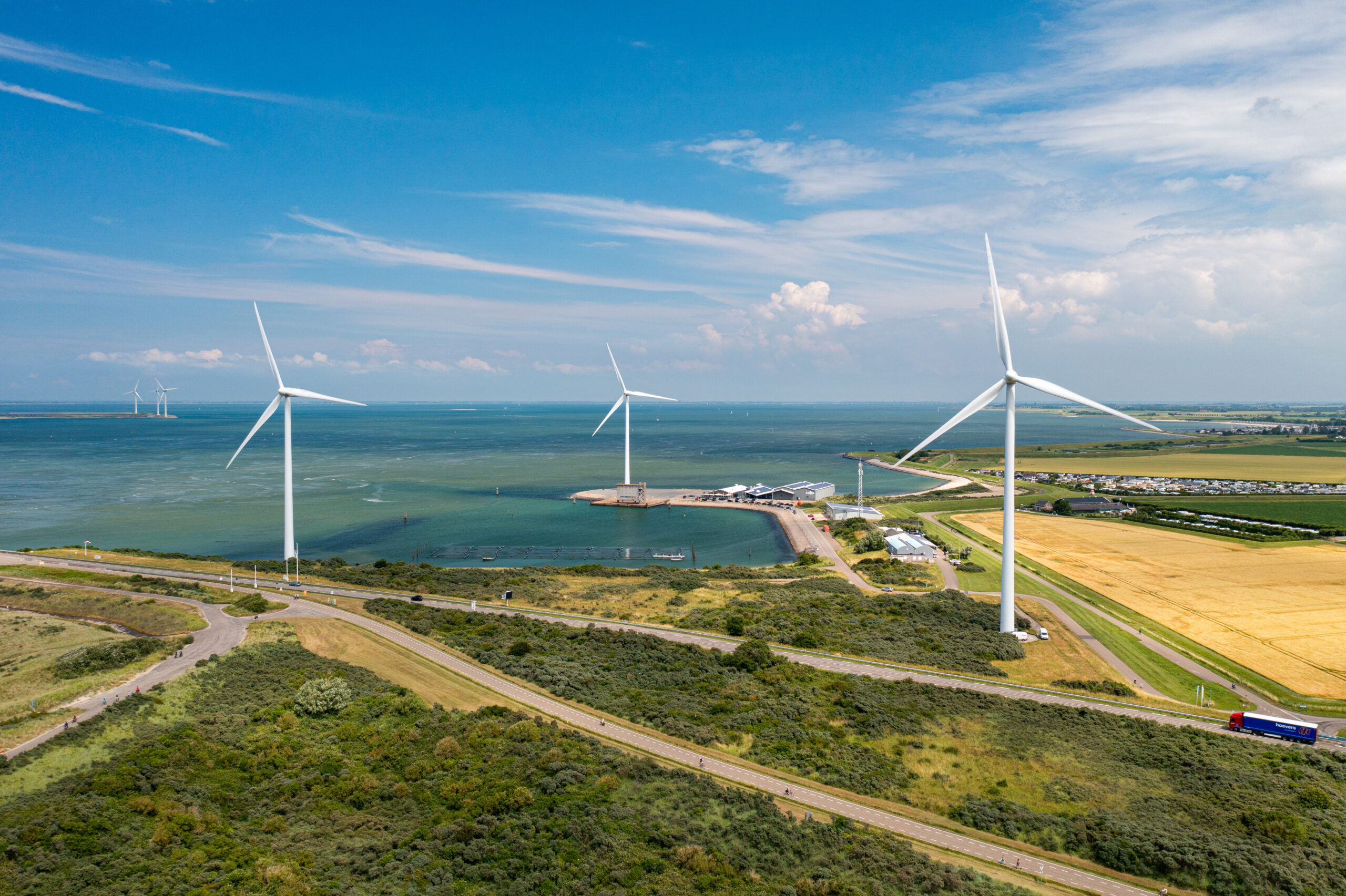India and fossil fuels: pushed out by tax, pricing policies
India and fossil fuels, once a promising mix, are now being edged out by renewables as new government policies are resulting in companies either scrapping or delaying oil and gas projects.

The days of India and fossil fuels are perhaps numbered with restrictive policies by Indian policymakers on the pricing of fuels and upstream development, and new fuel taxes, prompting foreign and domestic investors to delay or scrap oil and gas investments, prompting the government to expand its renewables programme.
India’s budget for the financial year April 2023-March 2024 has allocated 350 billion rupees ($4.3 billion) for energy transition programmes, said Prime Minister Narendra Modi. The money will be given to state oil companies to decarbonize operations. Significantly, the budget did not provide any subsidies for diesel and gasoline, or for natural gas.
India also plans to create associated renewable energy capacity of 125 gigawatts, around a quarter of current levels, by 2030, to enable creation of green hydrogen capacity as part of a 195 billion rupees green hydrogen policy, the government said. It already has plans to install 500 GW of renewables by the end of this decade.
Two recent developments further undermine investor confidence in India’s fossil fuels businesses. The government introduced windfall taxes on crude, and oil product exports last year, calling it a temporary measure. But the measures seem more permanent, with adjustments to tax rates continuing to be made every fortnight.
The second area of concern for explorers were moves by New Delhi to restrict both pricing and marketing freedom of natural gas, which forced Reliance Industries and BP Ventures to cancel a planned gas auction. BP is the only oil major which has invested in Indian upstream.
Oil majors have typically avoided coming to India because on a comparative basis conditions are more favourable for them in countries such as Guyana, Brazil or Nigeria, Prashant Vasisht, an analyst at Mumbai-based ratings agency ICRA, a Moody’s affiliate, told Gas Outlook. India has lower prospectivity, so continuity of policy and an easy, predictable, fiscal regime are necessary to attract investors, he added.
Windfall taxes
Windfall taxes or levies on the ‘supernormal’ profits of Indian oil companies were introduced last July. The tax was initially meant as a temporary measure, but expectations of 430 billion rupees in earnings in the eight months to March has prompted New Delhi to charge the levies indefinitely.
India revises the tax every fortnight, which make it tough for oil companies to plan investments, a foreign explorer told Gas Outlook.
Windfall taxes on export of crude oil rose to 8.5/bl on 3 February from $3.2/bl in the previous fortnight. Taxes on exports of refined diesel increased to $14.6/bl and on jet fuel to $11.7/bl from $9.8/bl and $6.8/bl, respectively, according to Nomura Securities.
While windfall taxes hurt oil production, gas development faces its own unique set of problems.
Late last year, the government appointed the Kirit Parikh committee to review the gas pricing formula. The committee, in November, recommended capping prices of domestic gas. New Delhi plans to implement this proposal from April. The new cap of $6.5/MMBtu is $2/MMBtu, or 23% lower than current levels, hurting explorers.
Declining output
Ageing fields account for most of the country’s production of 90 million cubic meters of gas a day, and require huge investments and foreign technology to arrest declining production.
Indian state-run explorer ONGC’s head of offshore areas Pankaj Kumar said that it costs around $6.5 per million Btu to break even for the gas extracted from its deepwater gas areas in the Krishna Godavari basin area, off India’s east coast. So gas prices must be remunerative to spur investments.
In a related move, trading margins on gas were suddenly capped last month, and gas producers were told who to sell the molecules to. The abrupt policy change, announced without any prior warnings, caused Reliance and BP to postpone an auction to sell 6 million cubic meters a day of gas to Indian consumers.
Deepwater drilling is a high-risk, expensive business, said Narendra Taneja, a Delhi-based leading oil expert. Companies spend hundreds of millions of dollars to drill a well, and so you need consistent policies to attract foreign oil companies.
Domestic gas production is expected to grow slower at 5% in the next five years, lowering the need for gas, Hetal Gandhi, director of Crisil Research, told Gas Outlook. Gas production has stayed flat at 25.8 billion cubic metres in the April-December period from a year earlier, which will hinder the growth of natural gas’s share in the energy mix, she told Gas Outlook.
Reliance and BP have not announced plans to invest in any new exploration or development programme, after committing $5 billion to their existing development a few years back.
Same goes for Cairn Oil & Gas, the country’s second biggest crude producer. A spat with New Delhi over licence renewal has pushed back investment by a few years.
Cairn is sitting on six billion barrels of oil equivalent, and had announced plans to invest $5 billion to boost output by 300,000 b/d to 500,000 b/d. But field development was delayed after the government sought a higher profit share on licence renewal. The initial licence expired in 2020, and the renewal until 2030 is inadequate, the company said.
Cairn prefers a lifetime extension to the Mangala area in Rajasthan but there are higher risks and costs involved in the enhanced recovery programme, said Nick Walker, CEO of the company. The dispute over profit shares is still stuck in legal battles as the field continues to post output declines.
Perhaps chastened by Cairn’s experience, ExxonMobil has said it will consider drilling in India if the government offers protection against expropriation, neutral arbitration and globally competitive returns that must stay intact throughout the term of the contract.
However it’s unlikely the government will give in to oil companies, and reduce its revenues. So domestic fossil fuel development will lag, and imports are expensive. That leaves renewables as one of the more viable options in India’s energy mix.



